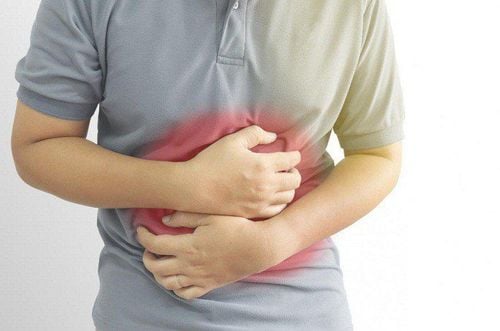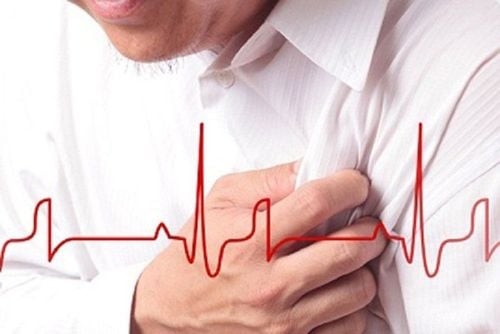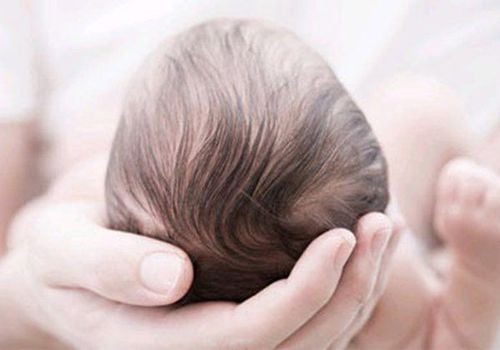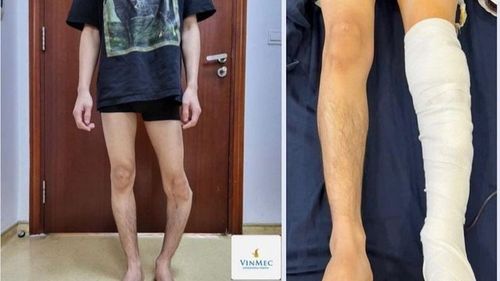Nội dung bạn đang tìm kiếm không có phiên bản tiếng Việt.
Vui lòng chọn tiếp tục để xem nội dung tiếng Anh hoặc đi đến trang chủ Tiếng Việt.
Rất xin lỗi về sự bất tiện này.

Home
Tag Treatment of uterine fibroids
Articles in Treatment of uterine fibroids

What foods should patients with uterine fibroids eat?
Uterine fibroids are a common gynecological disease in women of reproductive age. In addition to following the treatment regimen prescribed by your doctor, a proper diet also greatly affects the results of treatment.
Xem thêm
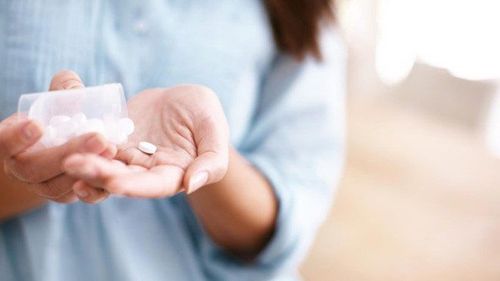
Which vitamins should not be used for uterine fibroids?
Genetic studies have demonstrated that uterine fibroids are monoclonal tumors originating from uterine smooth muscle stem cells, which undergo specific molecular changes, transforming into tumor-initiating stem cells that proliferate and differentiate under the influence of steroid hormones. There has been growing interest in the role of micronutrients, including vitamins, in the treatment of uterine fibroids. This article will delve further into this topic.
Xem thêm
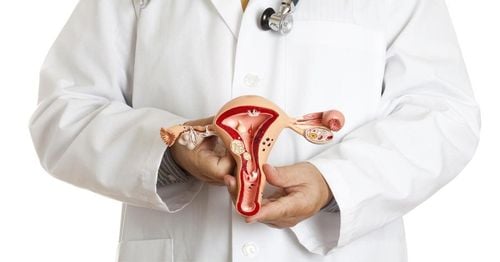
What size of uterine fibroids should be removed?
Large fibroids can affect other internal organs, and there are various methods used in fibroid surgery such as open surgery, laparoscopic surgery, etc
Xem thêm




